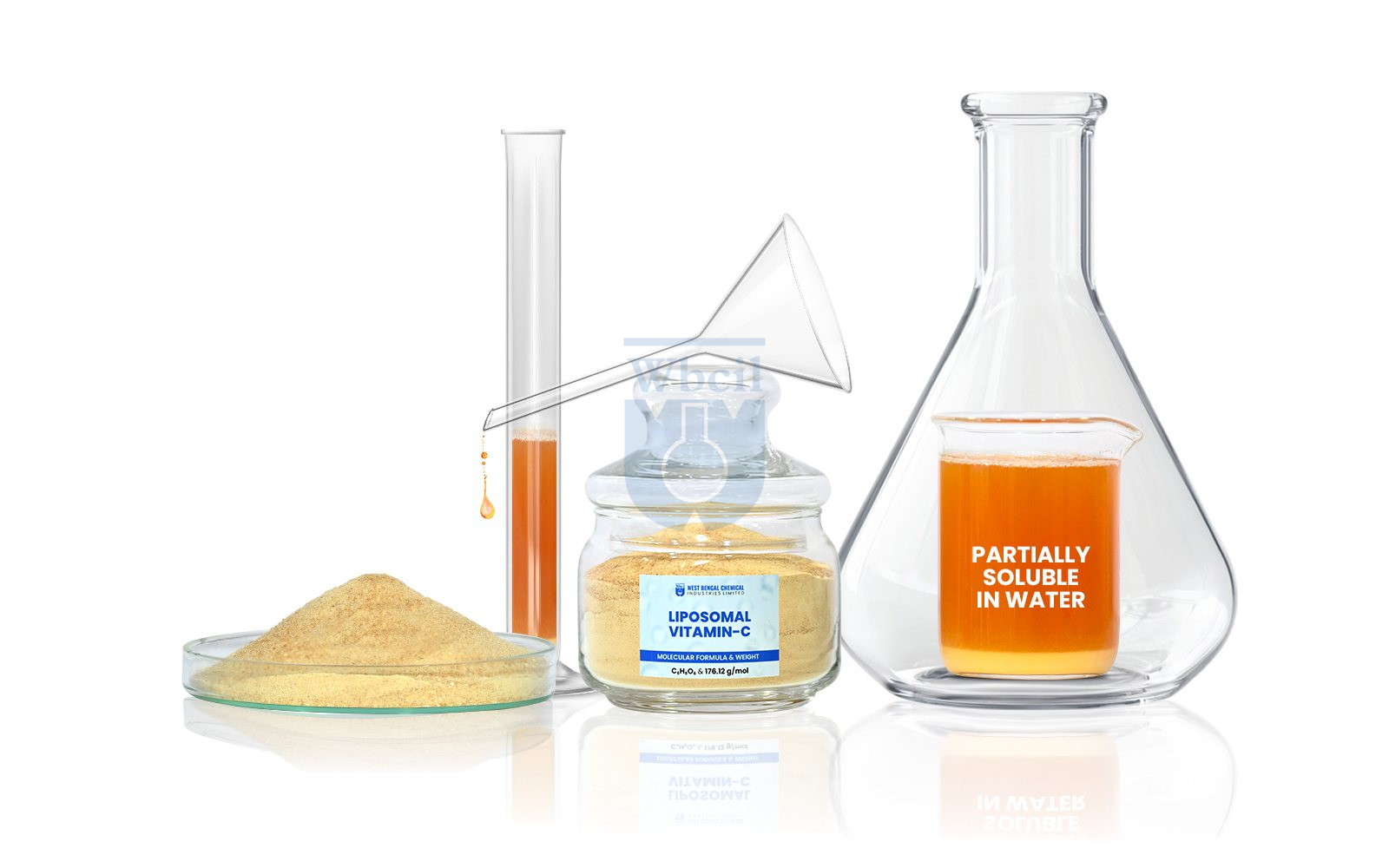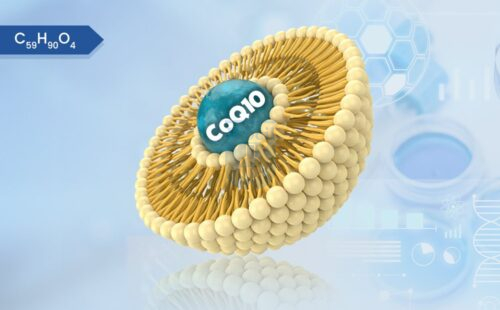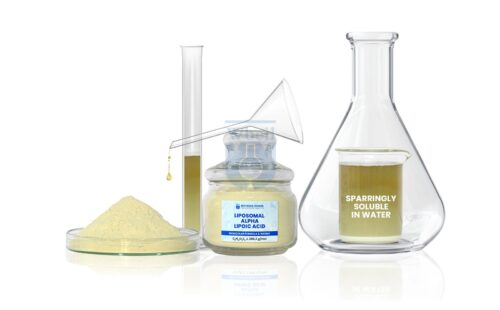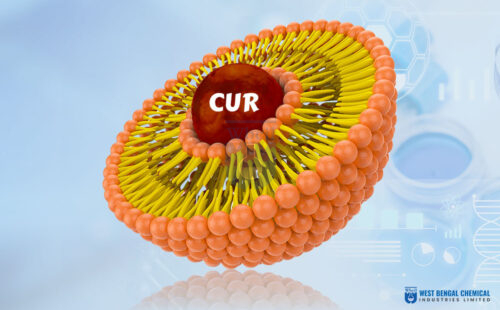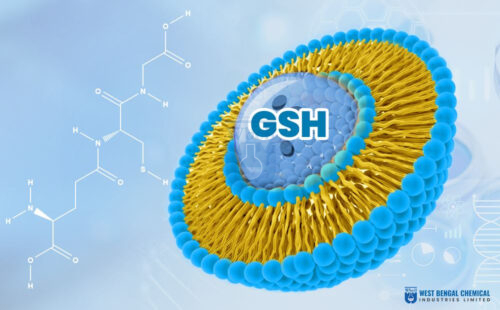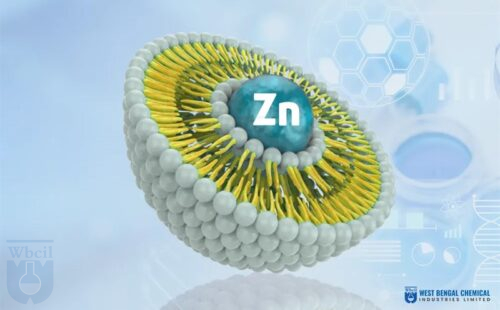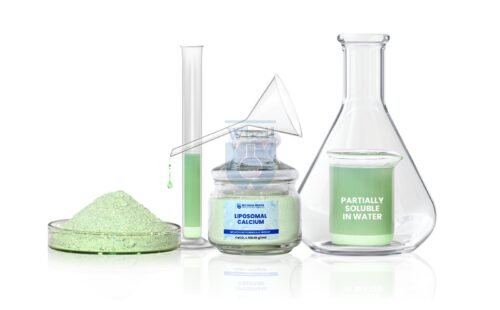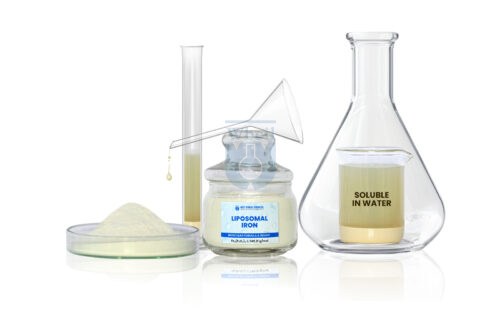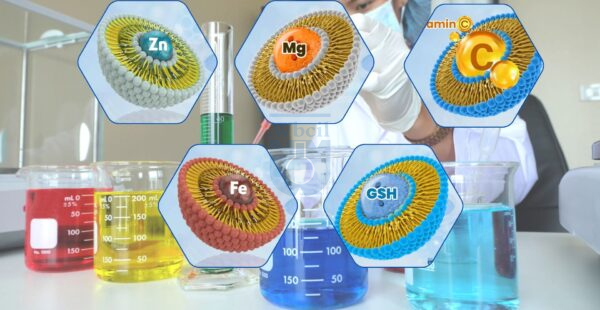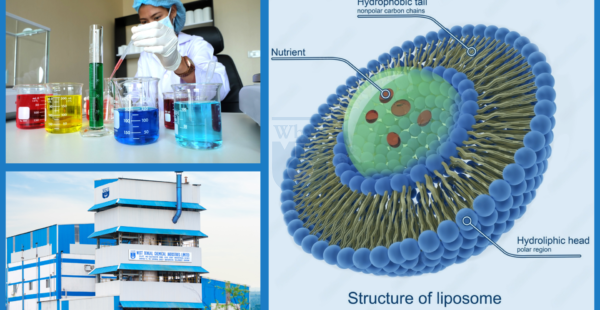-
Product Name:
Liposomal Vitamin C
-
Molecular Formula:
C6H8O6
-
Molecular Weight:
176.12 g/mol
-
CAS No.:
50-81-7
-
HSN Code:
29369000
-
CID Code:
54670067
-
Shelf Life:
3 years - 20°C powder
- USP
- Insights
- MSDS
- White Paper
USP of Liposomal Vitamin C
- Mimics cell membranes for better compatibility
- Superior absorption and delivery to cells
- Minimal GI irritation by bypassing stomach
- Avoids liver overload
- Replenishes vitamin C stores faster
- Over 90% encapsulation efficiency
- Highly stable with low leakage rate
Insights Liposomal Vitamin C
- Appearance: Light brown powder
- Solubility: Water-dispersible (liposomal form)
- Stability: Highly stable under GMP storage conditions
- Formulation Type: Powder, Oral Liquid Suspension, Capsules, sachets, Gummies
- Particle Size: 100-220 nm
- pH: 6.0-7.5
- storage temp: 20°C
- Storage Conditions: Store in a cool, dry place, away from light
- Odor: Mild, slightly earthy odor
- Packaging: Food-safe HDPE drums, glass bottles, or sachets
MSDS of Liposomal Vitamin C
Download MSDS PDF- Product Name: Liposomal Vitamin C (Liposomal Ascorbic Acid)
- Product Code: ASCLI50
- Catalog Codes: SLC1141, SLC4720, SLC4438, SLC1645
- CAS#: 471-34-1
- RTECS: FF9335000
- TSCA 8(b) inventory: Liposomal Vitamin C (Liposomal Ascorbic Acid)
- Chemical Name: Liposomal Vitamin C powder
- Eye Contact: Check for and remove any contact lenses. In case of contact, immediately flush eyes with plenty of water for at least 15 minutes. Cold water may be used. WARM water MUST be used. Get medical attention.
- Skin Contact: Wash with soap and water. Cover the irritated skin with an emollient. Get medical attention if irritation develops.
- Serious Skin Contact: Not available.
- Inhalation: If inhaled, remove to fresh air. If not breathing, give artificial respiration. If breathing is difficult, give oxygen. Get medical attention.
- Serious Inhalation: Not available.
- Ingestion: Do NOT induce vomiting unless directed to do so by medical personnel. Never give anything by mouth to an unconscious person. Loosen tight clothing such as a collar, tie, belt or waistband. Get medical attention if symptoms appear.
- Serious Ingestion: Not available.
- Flammability of the Product: Non-flammable.
- Auto-Ignition Temperature: Not applicable.
- Flash Points: Not applicable.
- Flammable Limits: Not applicable.
- Products of Combustion: Not available.
- Fire Hazards in Presence of Various Substances: Not applicable.
- Explosion Hazards in Presence of Various Substances:
Risks of explosion of the product in presence of mechanical impact: Not available.
Risks of explosion of the product in presence of static discharge: Not available. - Fire Fighting Media and Instructions: Not applicable.
- Special Remarks on Fire Hazards: Will ignite and burn fiercely in contact with fluorine
- Engineering Controls: Use process enclosures, local exhaust ventilation, or other engineering controls to keep airborne levels below recommended exposure limits. If user operations generate dust, fume or mist, use ventilation to keep exposure to airborne contaminants below the exposure limit.
- Personal Protection: Splash goggles. Lab coat. Dust respirator. Be sure to use an approved/certified respirator or equivalent. Gloves.
- Personal Protection in Case of a Large Spill: Splash goggles. Full suit. Dust respirator. Boots. Gloves. A self-contained breathing apparatus should be used to avoid inhalation of the product. Suggested protective clothing might not be sufficient; consult a specialist BEFORE handling this product.
- Exposure Limits: TWA: 10 (mg/m3) from ACGIH (TLV) [United States] Inhalation Total. TWA: 10 STEL: 20 (mg/m3) [Canada] Inhalation Total. TWA: 5 (mg/m3) from OSHA (PEL) [United States] Inhalation Respirable. TWA: 15 from OSHA (PEL) [United States] Inhalation Total. Consult local authorities for acceptable exposure limits.
- Physical state and appearance: Off-white powder
- Odor: Characteristic Odour.
- Color: Off-white
- Boiling Point: Not available.
- Critical Temperature: Not available.
- Vapor Pressure: Not applicable.
- Vapor Density: Not available.
- Volatility: Not available.
- Odor Threshold: Not available.
- Water/Oil Dist. Coeff.: Not available.
- Ionicity (in Water): Not available.
- Dispersion Properties: Not available.

Description of Liposomal Vitamin C
Liposomal Vitamin C is a novel delivery system for ascorbic acid, encapsulated within microscopic phospholipid spheres known as liposomes. These liposomes, typically colorless to slightly yellow, range in size from 30-100 nanometers. Liposomal Vitamin C can appear as a fine powder or suspension in a liquid, depending on the formulation, and is usually odorless. Due to the hygroscopic nature of liposomes, proper storage in a sealed container is essential to prevent clumping or degradation. The texture of liposomal Vitamin C powder can vary from smooth and flour-like to slightly gritty, while liquid formulations have a smooth, syrupy consistency. Chemically, liposomal Vitamin C consists of ascorbic acid molecules enclosed within a phospholipid bilayer. The phospholipids create a protective barrier, shielding the ascorbic acid from degradation and enhancing its absorption in the body. This unique delivery system allows for controlled release of vitamin C, potentially improving its bioavailability and reducing gastrointestinal irritation compared to traditional oral vitamin C supplements.
Key Benefits of Liposomal Vitamin C
- Superior absorption and bioavailability due to liposomal delivery, with > 70% encapsulation efficiency.
- Reduced gastrointestinal side effects, enabling higher doses with sustained release for better immune support.
- High stability (over 70 % encapsulation over 6 months) and thermal robustness (105°C), ideal for storage and transport.
- Nanosized, uniform particles (<220 nm) with high zeta potential (< -30 mV) enhance cellular uptake and colloidal stability.



